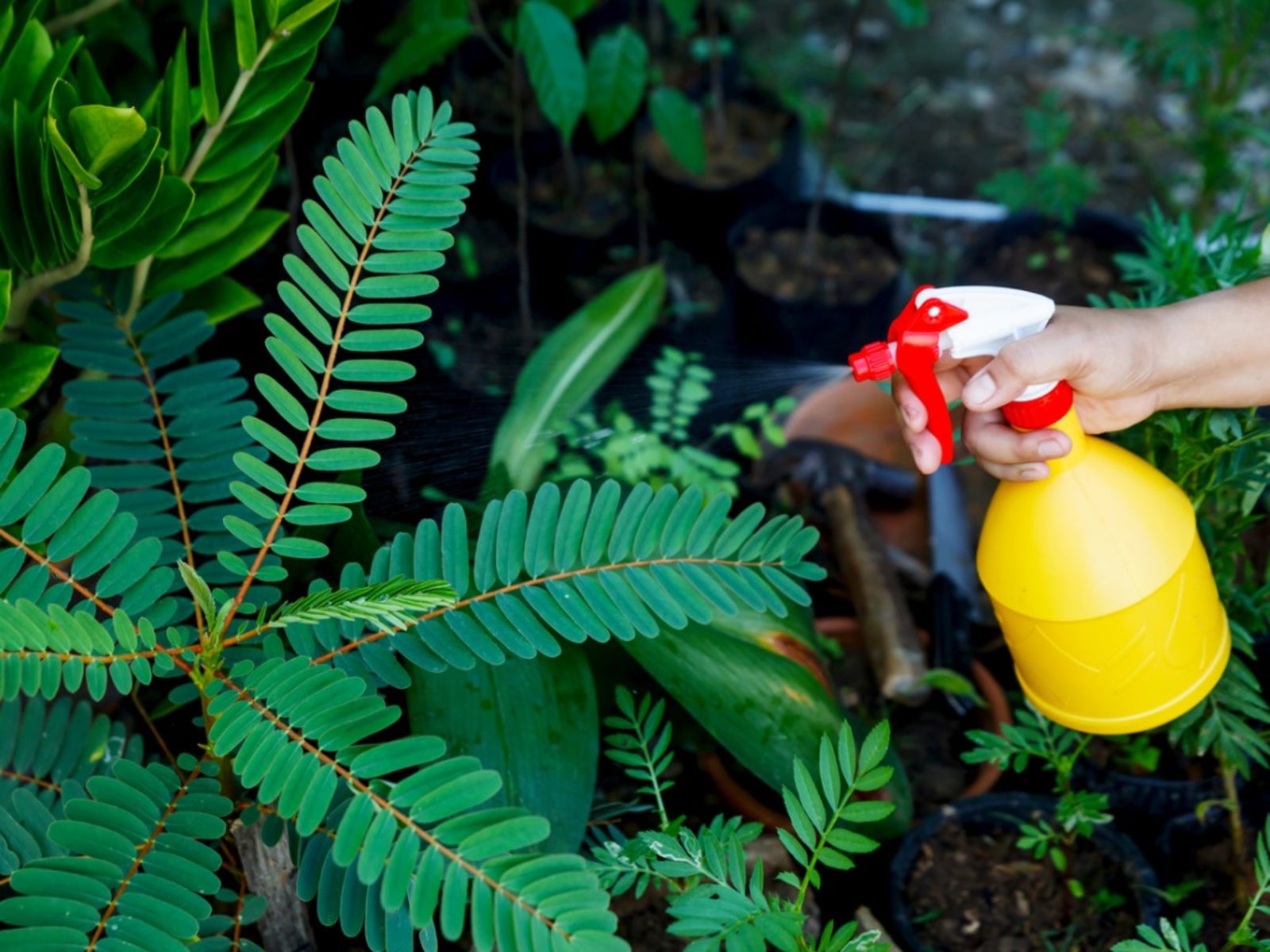What Is A Biofungicide: Information On Using Biofungicides In Gardens

Plants can be susceptible to a variety of pathogens, and just like a cold in a school group of children, be rapidly passed, potentially infecting an entire crop. A newer method for controlling disease amidst greenhouse and other commercial crops is called soil biofungicide. What is a biofungicide and how do biofungicides work?
What is a Biofungicide?
A biofungicide is made up of beneficial fungi and bacteria that colonize and assail plant pathogens, thereby thwarting the diseases they cause. These microorganisms are commonly and naturally found in soil, making them an environmentally friendly alternative to chemical fungicides. Additionally, using biofungicides in gardens as an incorporated disease management program reduces the risk of pathogens becoming resistant to chemical fungicides.
How Do Biofungicides Work?
Biofungicides control other microorganisms in the four following ways:
- Through direct competition, biofungicides grow a defensive barrier around the root system, or rhizosphere, thereby shielding the roots from harmful attacking fungi.
- Biofungicides also produce a chemical similar to an antibiotic, which is toxic to the invading pathogen. This process is called antibiosis.
- Additionally, biofungicides attack and feed on the harmful pathogen. The biofungicide has to be in the rhizosphere either before or at the same time as the pathogen. Predation by the biofungicide will not affect the harmful pathogen if introduces after it has infected the roots.
- Lastly, introducing a biofungicide kickstarts the plant's own immune defense mechanisms, enabling it to successfully fight off the invading harmful pathogen.
When to Use a Biofungicide
It is important to know when to use a biofungicide. As explained above, introduction of a biofungicide will not “cure” an already infected plant. When using biofungicides in the garden, they must be applied before the onset of disease development. Early application protects the roots against attacking fungi and encourages vigorous development of root hairs. Biofungicides should always be used in conjunction with the basic cultural control of sanitation, which is the first line of defense for protection from disease. Like any fungicide, the use of biological fungicide products should be applied according to the manufacturer's instructions. Most biofungicides can be used by organic growers, are generally safer than chemical fungicides, and can be used in conjunction with fertilizers, rooting compounds, and insecticides. Biofungicides have a shorter shelf life than their chemical counterparts and are not a cure-all for infected plants but rather a naturally occurring method for controlling disease prior to infection.
Gardening tips, videos, info and more delivered right to your inbox!
Sign up for the Gardening Know How newsletter today and receive a free copy of our e-book "How to Grow Delicious Tomatoes".

Amy Grant has been gardening for 30 years and writing for 15. A professional chef and caterer, Amy's area of expertise is culinary gardening.
-
 ‘Coral Charm’ Peony Care For Sublime Semi-Double Peonies With Lush Salmon Pink Flowers
‘Coral Charm’ Peony Care For Sublime Semi-Double Peonies With Lush Salmon Pink FlowersPeonies are known for their soft baby pink or magenta tones, but if plushy coral blooms are your thing, here’s our guide to the ultimate ‘Coral Charm’ peony care
By Tonya Barnett
-
 How To Grow Seeds Quickly: 8 Expert Tricks For Fast Flowers & Crops
How To Grow Seeds Quickly: 8 Expert Tricks For Fast Flowers & CropsIt's never too late to start growing! Jump-start your flower or vegetable garden with these pro tips and tricks for germinating seeds in record time.
By Amy Grant